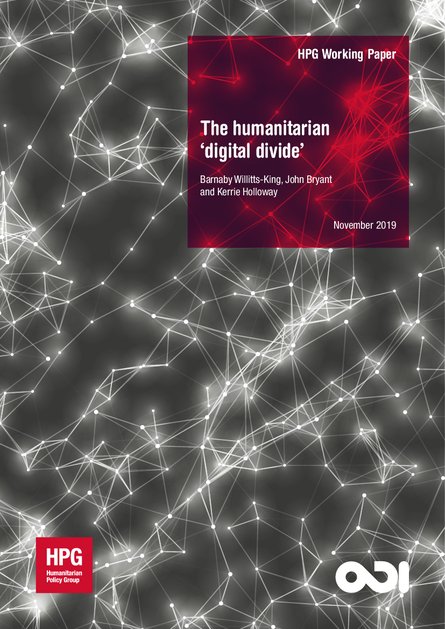
Global society is grappling with a wave of digital transformation, described as the fourth industrial revolution, characterised by new technologies that fuse the physical, digital and biological worlds. Within the international aid world and specifically the humanitarian sector, digital transformation is being embraced to varying degrees. While some organisations are approaching it tentatively and in a piecemeal way, others are embedding digital innovation and processes enthusiastically and holistically across the board.
But as the Sustainable Development Goals aim to ‘leave no one behind’, is it accurate to assume that digital transformation will both increase the coverage of humanitarian action and – crucially – its ability to assist the hardest to reach people who are affected by humanitarian crises?
Unlocking the potential of digital technology offers opportunities to increase the effectiveness, efficiency and coverage of humanitarian action – for instance, in collecting and analysing data, transfer of digital payments to recipients, or biometric verification of aid recipients. Technology also connects and gives agency to affected people.
However, there are increasing concerns about the dominance of technology globally and in development and humanitarian assistance, and the risks such technologies can present in situations of armed conflict. There are also worries that agencies engaging in digital transformation are not doing enough to be ‘intentionally inclusive’ or to avoid unintentionally excluding groups who may already be left out of current approaches.
To explore these issues, this paper draws on a review of literature from humanitarian, development and wider societal sources, as well as interviews with experts and engagement at international conferences and workshops.